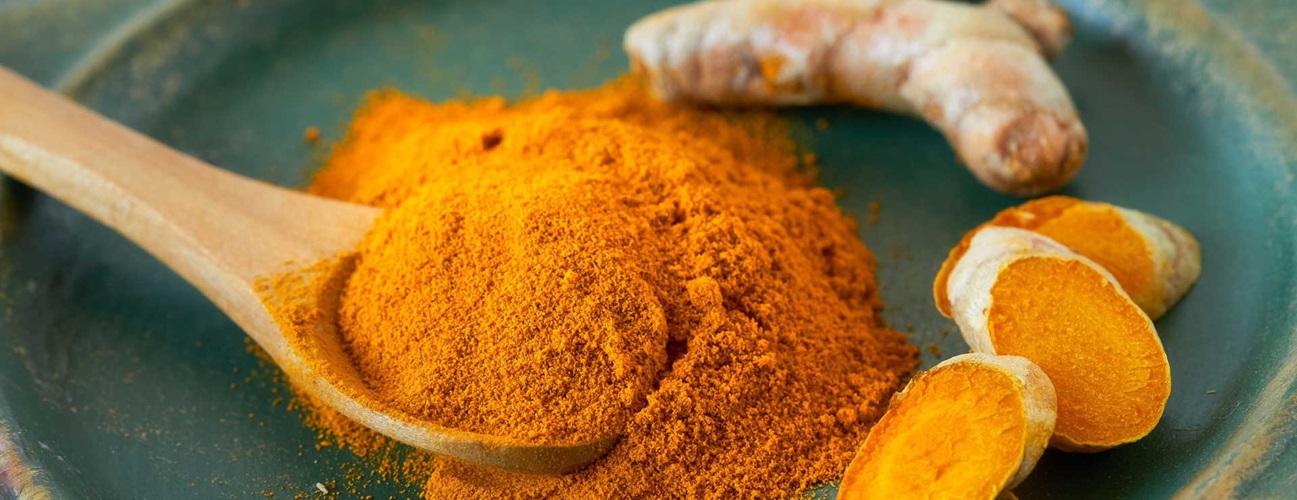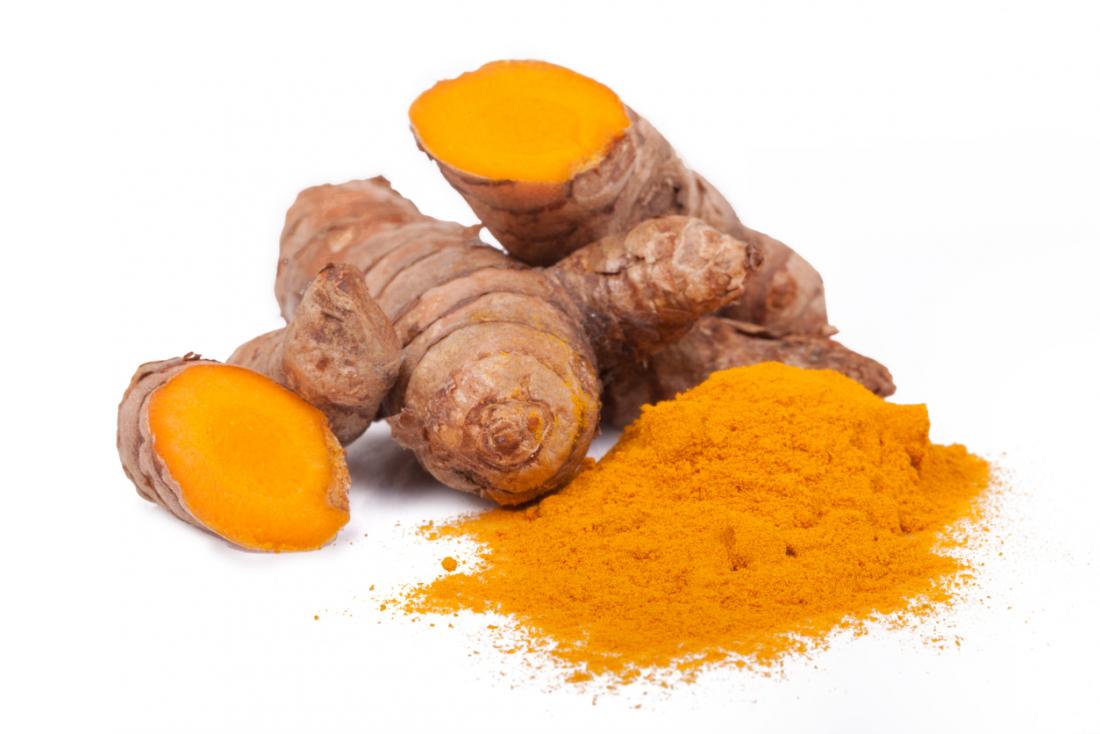The anti-inflammatory and mood-enhancing properties of turmeric are getting widespread attention. You can get a turmeric latte at your neighborhood cafe or a turmeric supplement at the health food store. But what are turmeric’s genuine benefits? And how is it suggested that it be taken?
There’s more to consuming turmeric than meets the eye, despite its apparent simplicity. Following these eight guidelines will ensure you get the greatest benefit from turmeric and minimize any potential side effects.
1. What are the benefits of turmeric?
The root of the turmeric plant (Curcuma longa) is ground into a yellow spice. Common in Asian, Indian, and Persian cuisines. The Chinese and Indians have used it as a herbal remedy for centuries. Curcuminoid chemicals are the primary therapeutic components of turmeric. The yellow pigmentation of turmeric is due to the presence of these chemicals. The compound about which we know the most is called curcumin.

Curcumin, which is found in turmeric, has been hailed for its purported health advantages. Potential benefits of turmeric that need further investigation include:
- alleviating swelling
- To defeat cancer
- lifting spirits
- The Relief of Pain
- Enhancing Retention
- Maintaining cardiac safety
2. What form of turmeric should I take?
Turmeric can be included into various parts of a healthy lifestyle. It can be applied directly on the skin, used as a seasoning in cooking or as a dietary supplement taken orally.
Topically
You can put turmeric on your skin if you want to. Turmeric used topically has no effect on the body. This indicates that the effects of topically applied turmeric are limited to the skin. Several skin conditions may benefit from topical turmeric.
Good to know:
If you decide to produce your own paste out of turmeric, be aware that it may leave a yellowish tint on your skin. Cosmetic items containing turmeric may help you avoid this problem.
Food and drink
Turmeric powder is a condiment you can use. Curry, soups, and roasted meat all benefit from its addition. Drinking a heated beverage called golden milk that contains turmeric is a common traditional method of ingestion. Turmeric is delicious yet poorly absorbed by the body when eaten. Also, a teaspoon of turmeric powder only has a negligible amount of curcumin. This suggests that simply incorporating turmeric into your diet may not be the most effective method of reaping its health benefits.
Supplements
Supplements containing turmeric and curcumin can be purchased without a prescription. And many of these supplements are made in absorbable forms. Because of this, most people who want to get the most out of turmeric should take oral doses.
Extracts of turmeric are found in several of these supplements. There is far more curcumin in the extract than in turmeric powder. To aid absorption, supplements may include fat molecules or undergo a process called nanoformulation. Turmeric, when reduced to nanoparticle size, is more readily absorbed by the body. In fact, compared to standard curcumin, some curcumin formulations may increase absorption by as much as 20 times.
3. How much turmeric should I take?
Curcumin can be taken daily at a quantity of up to 3 milligrams per kilogram of body weight. The Joint FAO/WHO Expert Committee on Food Additives has concluded as much. This equates to about 200 milligrams of curcumin per day for a person weighing 150 pounds.

Remember that the turmeric content is typically listed on the label of many pills. This is distinct from the curcumin percentage. The typical recommended dosage ranges from 500 mg to 2,000 milligrams of turmeric per day. The dosages employed in these trials led to this conclusion. To get the most out of your supplement, look for brands that disclose how much curcumin they actually contain.
4. Should I take my turmeric with food?
Food improves turmeric absorption. Turmeric pairs particularly well with fatty foods like eggs and vegetable oils (like coconut oil or olive oil). This is due to the presence of lecithin in certain foods. To better absorb turmeric, lecithin is used.
ALSO READ: Best 5 Plantar Fasciitis Stretches for Pain Relief
Black pepper is another supplement that enhances the absorption of turmeric. The compound piperine can be found in black pepper. When taken combined, the body is able to absorb as much as three times as much curcumin.
5. What time should I take my turmeric?
Turmeric is better absorbed by the body when eaten. Therefore, it should be taken either just before or right after a meal or a substantial snack.
Your regular dose of turmeric should be split in half and taken 8 to 12 hours apart. In addition to improving absorption, this will also assist maintain stable turmeric levels in the body. Dosage splitting could also lessen unwanted effects.





